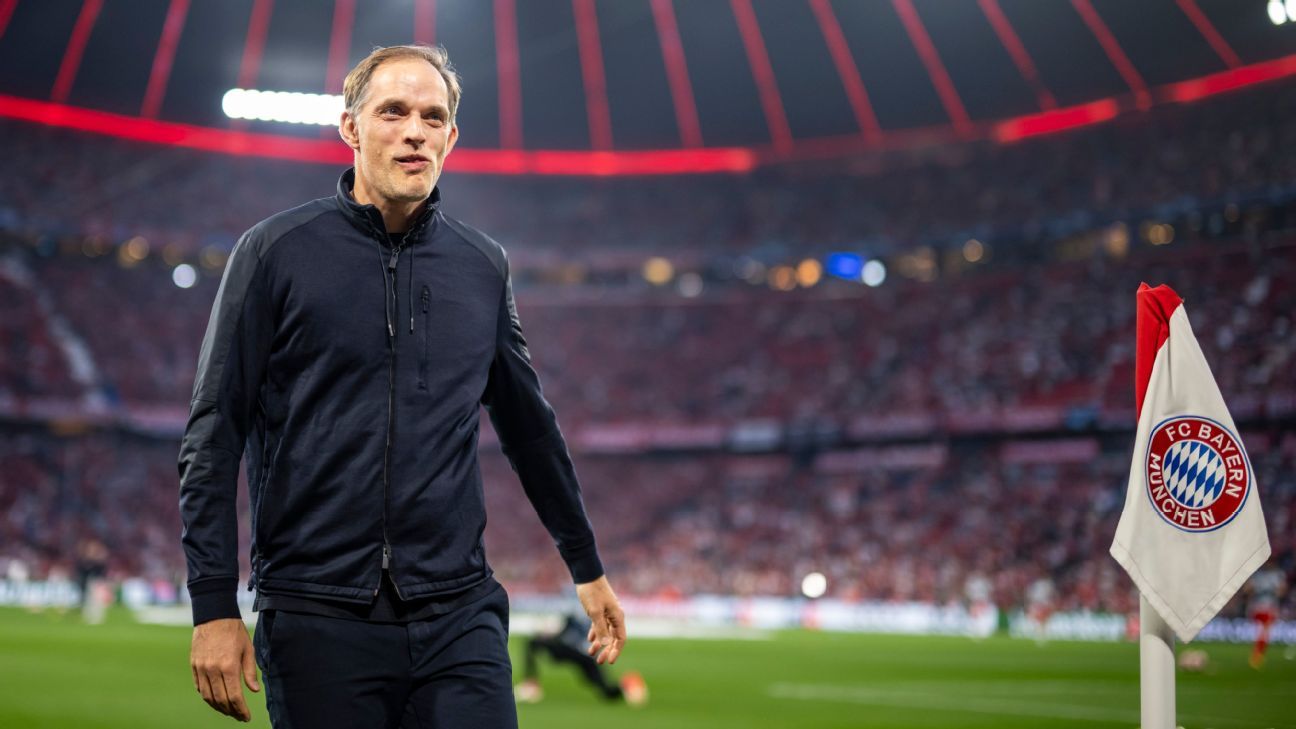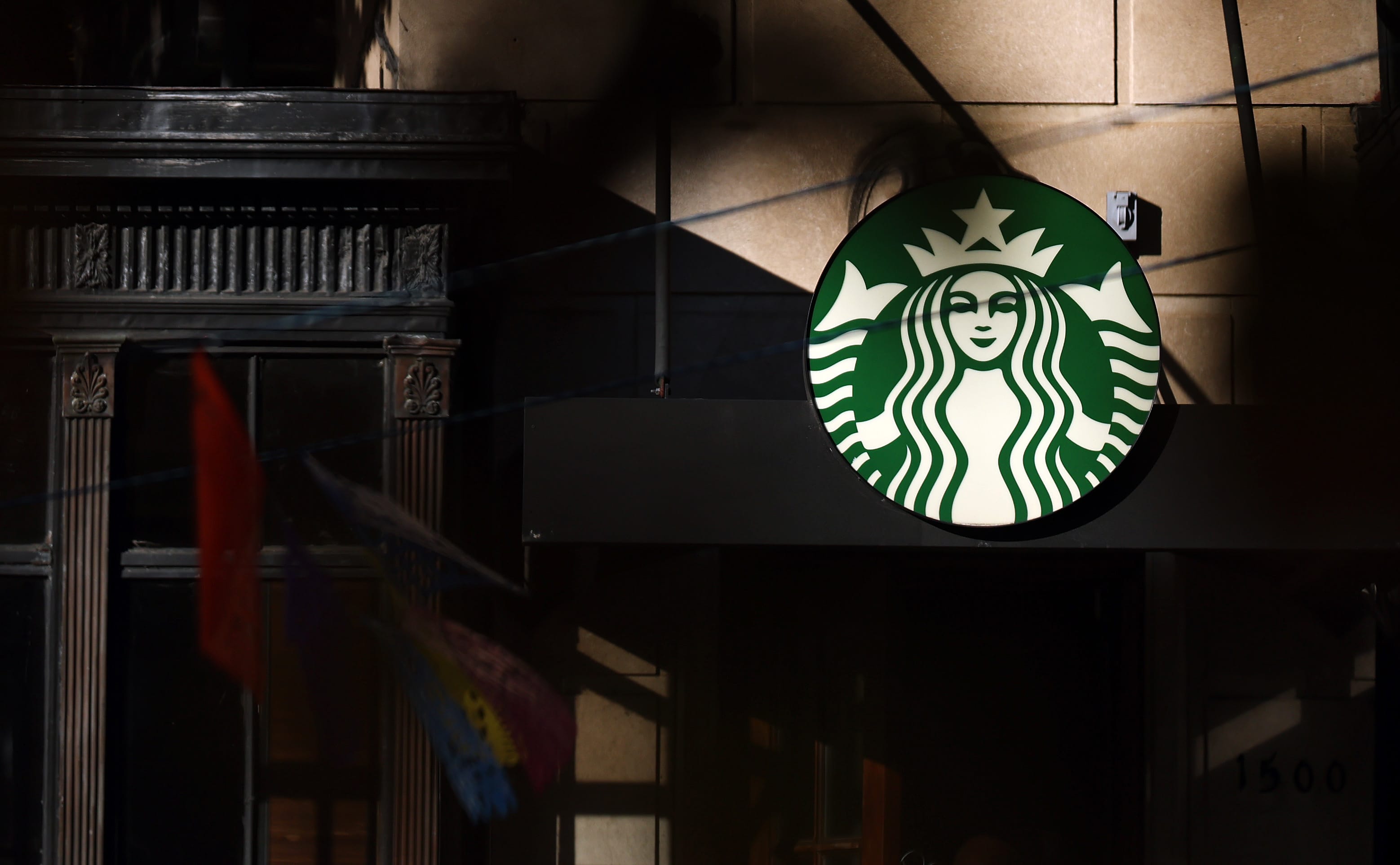Here’s the thing about Halls of Fame: They are self-defining institutions. As legendary baseball historian Bill James noted many years ago, there is no standard for the Hall of Fame other than precedent: Eyeballing every other person who did and didn’t make the Hall of Fame and adjusting your sliders accordingly.
This isn’t quite the same thing, however, as saying there are no objective “good” and ‘bad” votes for the Hall of Fame. As much as the honor of a Hall of Fame selection is inherently an opinion, I think we can generally agree Michael Jordan would be a good Hall of Fame selection and Darko Miličić would be an atrocious one.
At the very least, we can look at certain selections and describe them as, um, “outliers” — as in, guys with career resumes that typically would not land somebody in the Hall of Fame.
Free, daily sports updates direct to your inbox. Sign up
Free, daily sports updates direct to your inbox. Sign up
Buy
When it comes to the Naismith Memorial Basketball Hall of Fame — which had its most recent class unveiled Saturday — I’m getting worried that the way Springfield selects NBA players for induction has become extremely, shall we say, outlier-prone. In particular, it seems to be driven to an almost comical extent by Ringz culture, rather than people having honest discussions about the merits of player X versus better than player Y.
Saturday’s selection of Michael Cooper is a red-flag moment for this perspective. I’m sure there will be plenty of discussion about Cooper’s pros and cons. If you’re trying to impartially compare Hall of Fame candidates, however, I think it’s fair to say Cooper’s selection is an outlier with a capital, neon “O.” It is incredibly rare, in the annals of any team sport, for a zero–time All-Star to be voted in based solely on their playing career.
I also think there’s an obvious cause and effect here. Unlike baseball, voting for the Basketball Hall of Fame is done in private via an opaque process; we don’t even know who has a vote.
Because of that, there is near-zero public discussion about the candidates, especially relative to the National Baseball Hall of Fame. That’s what has led us to this place. It’s one where players who were the best or second-best players on 50-win non-title teams get kept out of the Hall or, at best, have to wait decades for entry (hello, Walter Davis!) … but anybody lucky enough to have Magic Johnson or Bill Russell as a teammate waltzes in.
(There are, I should point out, deeper issues with this system that also dog the Hall of Fame. I mean, at least Cooper actually played. The number of non-playing coaches, owners, execs and “contributors” in the Hall is mind-boggling, with Guy Who Coached At That One College For A Long Time being a particularly popular enshrinement choice, and it again suggests that the non-public voting system has made things far too clubby. While we’re here, the ankle-high bar for international players is another area in which Springfield comes across as profoundly unserious.)
I’m a child of the 1980s; I saw Cooper play a lot. (If you wanted to see an out-of-market NBA game back then, you could see any team you wanted as long as it was the Los Angeles Lakers, Philadelphia 76ers or Boston Celtics.) I understand as much as anyone what a seminal moment those Lakers-Celtics series were in the league’s history.
Cooper, obviously, had a big role in them as L.A.’s go-to Larry Bird defender in the three NBA Finals series these teams played, two of which the Lakers won. He also was one of the first players to realize standing around behind the 3-point line could be a really useful offensive life hack. (Notably, Coop made six 3s in Game 2 of the 1987 Finals, at a time when that just wasn’t done.) Additionally, he was also … distinctive. For a good two decades, anyone on the playground wearing knee-high white socks was just called “Cooper.” (As in, “Yo, I’ll take this guy, and you guard Cooper over there.”)
So, yes, he was a significant player. But this isn’t the Hall of Pretty Good, nor is it the Hall of Warm Childhood Memories. We don’t need to commemorate that magical ’80s Lakers-Celtics era by inducting every single player from the 1984 Finals. We were already at NINE; I think that’s probably good (Bird, Magic, Kareem Abdul-Jabbar, Robert Parish, James Worthy, Kevin McHale, Bob McAdoo, Dennis Johnson and Jamaal Wilkes).
Additionally, screaming “HE GUARDED BIRD IN THE FINALS!” isn’t the burn you think it is, unless you want a flotilla of other wing defenders in Springfield. Cooper’s eight All-Defense selections are a notable feather in his cap, but no different from other specialists like Bruce Bowen and Norm Van Lier (and, likely, Jerry Sloan and a couple others if All-Defense voting been a thing before the late 1960s) and not hugely differentiating from others like Tony Allen or Metta Sandiford-Artest.
But when there is no public voting, nobody talks about this stuff. The secret vote strikes me as the core of the problem, because there isn’t really any thoughtful discussion out there about the distinctions between Cooper and the other players of his era who aren’t in the Hall.
In particular, we don’t really talk about those players who were the key stars on 50-plus win teams that didn’t get into the Finals. No class of player gets more overlooked, especially if they ever played for the Phoenix Suns. (Seriously, this is getting weird.) Marques Johnson, for instance, was either the best or second-best player on a series of awesome Milwaukee Bucks teams that made consecutive conference finals, made five All-Star Games and three All-NBA teams. Although he’s been a finalist multiple times, he has yet to be selected.
More glaringly, I mean … can we talk about Tom Chambers and Kevin Johnson? Start with the fact that the 1990 Suns smashed a Magic-Worthy Lakers team in five games in the second round with Johnson and Chambers leading the way. It’s not like this was some great outlier in their career arcs either; they only played in one Finals apiece, but nearly every team either of them played on was really good.

Kevin Johnson drives through the lane and is fouled by Sean Rooks as Robert Horry looks on. (Vince Bucci / AFP via Getty Images)
I will emphasize that these weren’t random players scoring an empty 30 on 55-loss teams; they were centerpieces of elite teams. I don’t think it takes a rocket scientist to deduce that they were massively more valuable than a defensive specialist who scored in single figures.
If you don’t believe me, consider actions rather than words. Certainly nobody at the time acted like Cooper was better — they put Chambers and Johnson on All-Star and All-NBA teams and wrote their names on MVP ballots, something they almost never did for Cooper. Even in Cooper’s specific sixth-man role, he never finished higher than third in the voting. (Technically, Cooper did appear on a single MVP ballot in both 1981 and 1982.)
Reasonable people can argue about Chambers and the two Johnsons bona fides for Springfield. But it seems fair to say their resumes are a hell of a lot more compelling than reflexively voting in the fourth- and fifth-best players on every championship dynasty. My premise is that, if the Basketball Hall of Fame were more like baseball’s, these are the exact debates that would play out in public.
Chambers, for instance, is the only player to score 20,000 points before the turn of the century who hasn’t been inducted and was The Dude on three different conference finals teams. Kevin Johnson made five All-NBA teams and three All-Star teams, while Marques Johnson had three All-Star teams and five All-NBA selections.
They each have some issues with their candidacies, of course; Chambers wasn’t exactly an elite defender, while the two Johnsons had relatively short careers that were further marred by injuries. However, I think, if you were trying to answer the question, “Who was the best player from this era who isn’t in the Hall of Fame?” with objective honesty, you would get to these three gentlemen long before you reached Cooper.
Cooper, of course, is not alone in this respect. Springfield is generously sprinkled with “outliers” from three franchises in particular — random secondary and even tertiary players from the Knicks, Lakers and Celtics. Frank Ramsey! Gail Goodrich! Bailey Howell! Charlie Scott! Bill Bradley! KC Jones! Come on down, fellas, you all get to be Hall of Famers. When are we doing, Kurt Rambis?
Yes, you can find a few questionable picks among the other 27 teams if you look hard enough, but nearly all the iffiest Hall of Fame selections played for one of the Lakers, Knicks or Celtics. Conversely, the opposite is also true: Every 50-50 guy on each of those franchises waltzed into Springfield with few giving it a second thought. (Fun thought exercise: Name the best pre-2000 player from these three teams who is not in the Hall.) It sure seems like the selection process has been steamrolled by misty-eyed remembrances of the three teams everyone saw on TV.
Additionally, one wonders if Cooper’s induction will make things worse before they get better. I joked about Rambis above, but if we’re going to induct Cooper for being a role player on five champions, what’s stopping us from doing the same Rings routine for, say, Danny Ainge (who was objectively a better player than Cooper), or Robert Horry, or Horace Grant, or Bowen, or Kevon Looney, or … you get the idea.
To be clear: This ain’t it.
Let’s make the voting process more transparent. Let the discussion and arguments ahead of the votes be more substantive. Make this whole process a more thoughtful and less wistful undertaking.
Because at the end of the day, the real issue isn’t whether or not Michael Cooper is in the Hall of Fame. As I noted above, the bar for the Hall is self-defining and has hazy, fluid boundaries, so there will always be outliers who deviate from the trend line. The big-picture problem, however, is whether a profusion of extreme outlier selections of similar ilk become so laughable that they end up chipping away at the overall integrity of the institution.
(Top photo of Michael Cooper and an official in 1989: Mike Powell / Getty Images)

Christine Lake is a sports fanatic who lives and breathes athletics. With an extensive background in sports journalism, he covers everything from major league championships to grassroots sports events. When she’s not on the field or at the stadium, you’ll find Christine coaching youth sports teams.








